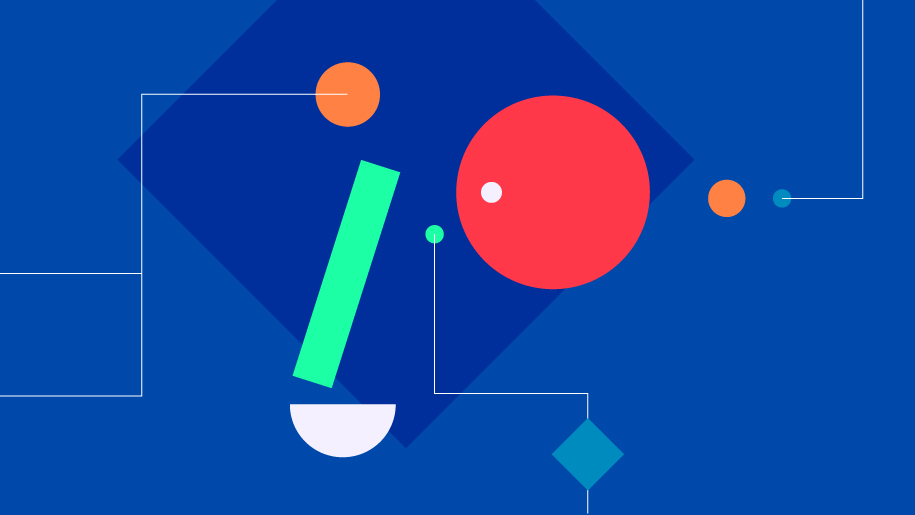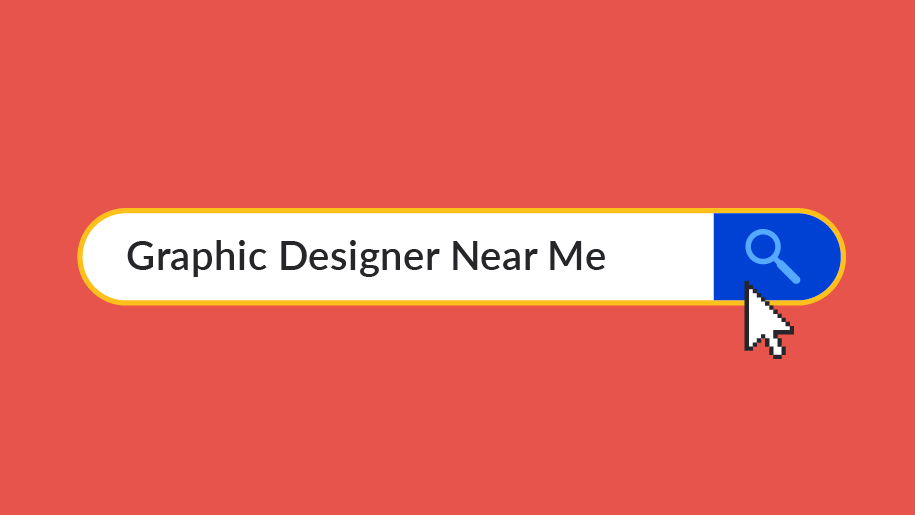What Does the Graphic Design Process Involve?

You’re considering hiring a Graphic Designer but what should you expect from the process? How do they work? Will they deliver? Read on for an outline of what’s involved in realising your creative vision.
Initial Consultation
First, the process should start with a consultation. You need to talk to your Designer directly and ascertain if you’ll be able to communicate and work well together.
You’ll need this first meeting to discuss your vision and project requirements. It helps if you can share details about your business and brand, target audience, competition, any ideas you’d like explored and what outcomes you need.
A good designer will clarify your intent back to you, articulate their creative or aesthetic approach, and know which questions to ask to make the process efficient. The designer might share similar projects they’ve worked on, to give you an idea of their style and capabilities.
It might take a couple of discussions to get enough detail for a proposal.
A good designer will clarify your intent, articulate their creative approach and ask the right questions to ensure an efficient process.
Proposal
Next comes the Designer’s proposal and contract. The designer should provide documentation outlining the scope of works to be completed, timeline and costs. If the proposal is accepted, a contract is signed to formalise the agreement.
Research & Concept Development
With a signed contract and necessary project details communicated, design concepts based on your brief can commence. A designer typically begins their process with research, to better inform their creative process and help rationalise their conceptual and aesthetic approach. A presentation of design directions or design options, will come back to you in the form of sketches, mood-boards or computer-aided drafts.
Design Refinement
Once you choose a direction, this is refined until the design has reached a commercial standard and the initial creative problem has been solved. Usually two rounds of changes are included in the proposal. The amount of revisions can be reduced if the initial brief is as clear and as detailed as possible and feedback is delivered in batches as opposed to drip-fed.
Final Art & Delivery
Once the design has been reviewed, checked and approved, final files are delivered for the completed project. The file types will depend on what’s been requested in the initial brief and outlined in the proposal.
Important Considerations
A few things to be aware of in the design process is that flexibility is needed on timelines as designs can go through a number of iterations before being finalised. But it’s also important to note that changes to the project scope can incur extra cost.
Payment terms are usually included and detailed in the proposal or contract. Most projects will require an initial deposit with balance paid on completion.
It’s also important to clarify ownership and usage rights for the final design. Most often, the client will be granted the rights to use the design for the intended purpose but any details such as duration the work can be used, on specific material, or what files are made accessible should be discussed and agreed upon.
Design is a process, so it’s ideal to have a designer you can communicate comfortably with and that can meet your expectations. I’ve found that being open, asking a question when something needs clarification, or sharing an idea before too much time is invested in design, helps lead the project in the right direction and creates a more collaborative working relationship.

